
15311826613
Click to add WeChatAs an important polymetallic mineral resource, iron-rich manganese-lead-silver ore has a high development value in the industrial field. However, the resource distribution and development of this type of ore present a unique situation, and its own complexity also brings many difficulties in ore dressing. Due to the complex nature of its ore and the difficulty of ore dressing technology, the resource utilization rate is not high, and some valuable metals are seriously lost during the ore dressing process. In-depth exploration of its ore dressing technology is of great significance to improving resource utilization efficiency, meeting industrial needs and promoting the sustainable development of the mining industry. Let's analyze together, what are the difficulties in ore dressing of this type of iron-rich ore? What are the rich iron ore dressing technologies?
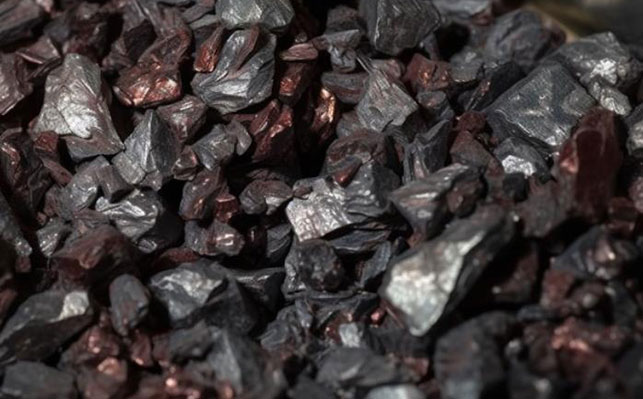
Complex mineral intercalation relationship: In iron-rich manganese-lead-silver ore, iron, manganese, lead, silver and other minerals are often fine-grained or micro-grained, wrapped and symbiotic with each other. This complex intercalation relationship makes it difficult to achieve complete monomer dissociation during the grinding process, which in turn affects the efficiency of mineral processing.
Small difference in floatability between minerals: The floatability of lead-silver minerals is similar to that of some gangue minerals, making it difficult to effectively separate them during flotation. At the same time, the difference in floatability between manganese minerals and iron minerals is also small, especially in some complex ores, and it is difficult to achieve effective separation of the two using conventional flotation methods.
Magnetic interference of iron minerals: Some manganese minerals in minerals also have certain magnetism, which leads to the loss of manganese minerals when magnetic separation is used to recover iron minerals; the recovery of weakly magnetic iron minerals such as hematite and limonite requires a strong magnetic field strength, and a strong magnetic field may have an adverse effect on the recovery of other minerals.
Due to the coexistence of metals such as iron, manganese, lead, and silver, the ore properties of iron-rich manganese-containing lead-silver ores are complex, making beneficiation difficult. In order to achieve the effective separation and recovery of multiple metals, a variety of beneficiation technologies need to be used in combination. The following are some common beneficiation methods.
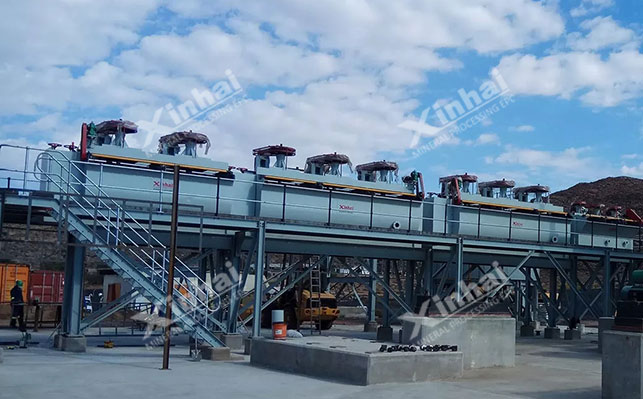
Lead and silver flotation: In the flotation of lead and silver minerals, xanthate collectors (such as ethyl xanthate and butyl xanthate) are often used. They can react chemically with the surface of lead and silver minerals to form a hydrophobic film, thereby effectively collecting galena and silver minerals. They can also be used with black medicine to improve selectivity and improve the quality of lead and silver concentrates. At the same time, in order to inhibit the floating of iron and manganese minerals, inhibitors such as starch and water glass are used. Starch can form a hydrophilic film on the surface of iron and manganese minerals to prevent the adsorption of collectors; water glass can inhibit gangue minerals such as quartz and some iron and manganese minerals, reducing their interference with lead and silver flotation.
Manganese mineral flotation: For manganese minerals with fine-grained embedding or complex symbiotic relationships, anionic collectors are often used for flotation. The carboxyl group of oleic acid can react with metal ions on the surface of manganese minerals to achieve chemical adsorption and make the surface of manganese minerals hydrophobic. In actual operation, it is also necessary to add an adjuster to adjust the pH value of the slurry and other properties. Sometimes, auxiliary collectors are used to improve the recovery rate of manganese minerals and the grade of concentrate.
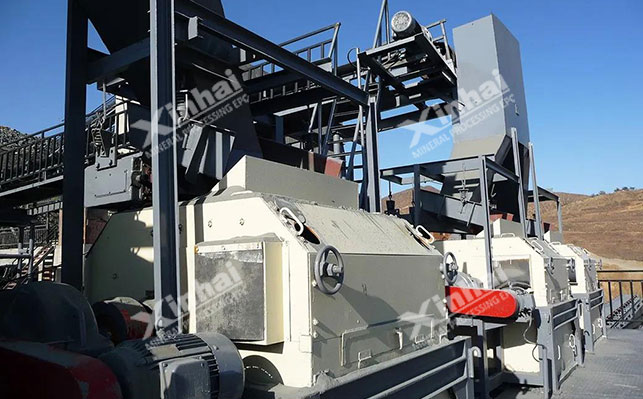
Magnetic separation is mainly used for iron mineral recovery and can also assist in separating manganese minerals. For strongly magnetic magnetite, weak magnetic separation equipment is used; while weakly magnetic iron minerals such as hematite and limonite require strong magnetic separation equipment. In addition, since some manganese minerals also have certain magnetism, while separating iron minerals, the initial separation of manganese and iron can be achieved, creating conditions for the subsequent recovery of manganese.
Gravity separation is based on the difference in mineral density and can be used to separate manganese from iron and lead. The density of manganese minerals is greater than that of gangue minerals and less than that of heavy metal minerals. Gravity separation can be used to separate manganese minerals from lead minerals and gangue minerals. When processing iron-rich manganese-containing lead-silver ores, it is often combined with magnetic separation and flotation. First, part of the gangue is discarded through gravity separation to enrich lead, silver and manganese minerals, and then other methods are combined for further separation and purification.
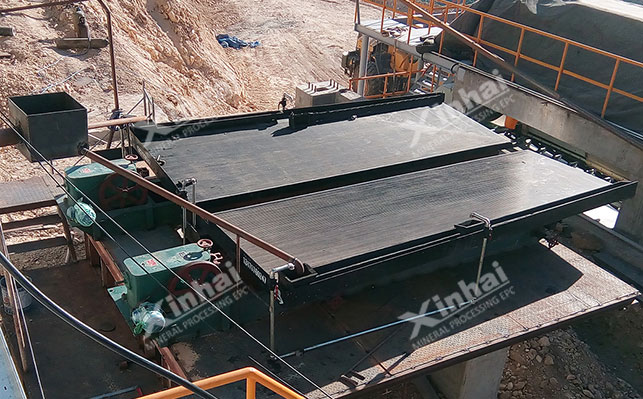
Leaching method: Under alkaline conditions, cyanide and silver are allowed to form a soluble complex, and then silver is recovered by zinc powder replacement or activated carbon adsorption; nitric acid leaching is used to treat lead-containing minerals to form a lead nitrate solution, and then lead is extracted by precipitation and electrolysis; sulfuric acid leaching is often used for manganese minerals to generate soluble manganese sulfate, and then manganese is separated and purified by extraction and electrolysis; hydrochloric acid leaching is also suitable for some manganese ores.
Roasting-leaching combined method: For difficult-to-select ores, roasting is first performed to change the mineral properties and then leaching. Oxidation roasting can convert sulfide ores into oxides and increase the metal leaching rate; sulfation roasting converts manganese, lead, etc. into soluble sulfates for easy leaching.
Gravity selection-flotation-magnetic separation method: First, gravity selection is used to initially enrich lead, silver and manganese minerals, and the gangue is discarded; then the gravity concentration concentrate is floated to separate lead, silver and manganese iron minerals, and then the tailings are magnetically separated to separate iron minerals, and manganese minerals are further recovered in this step. This combined process gives full play to the advantages of each method and can improve the recovery rate of multiple metals and the grade of concentrate.
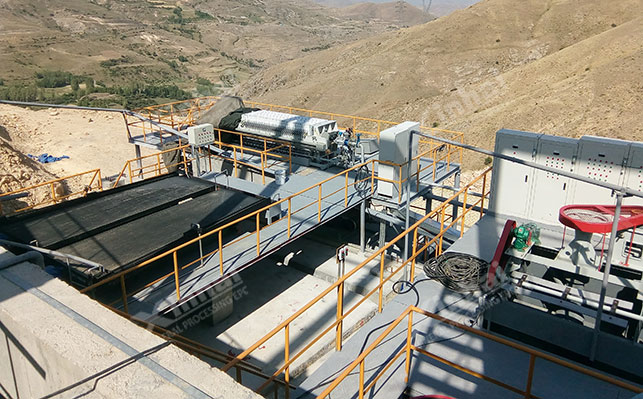
Flotation-electrostatic separation method: first use flotation to enrich lead and silver, and then use electrostatic separation to further separate impurities with similar properties in the concentrate based on the difference in mineral electrical properties.
The above focuses on why iron-rich ore containing manganese, lead and silver is difficult to select and its mineral processing technology. In actual concentrators, due to the complex nature of such minerals and rich in a variety of useful metals, achieving comprehensive recovery is the key. Therefore, it is necessary to comprehensively consider the process plan based on the specific properties of the ore, economic costs, environmental protection requirements and other factors. It is recommended to conduct mineral processing tests and tailor the plan according to the actual situation to ensure the comprehensive recovery efficiency of the mineral.